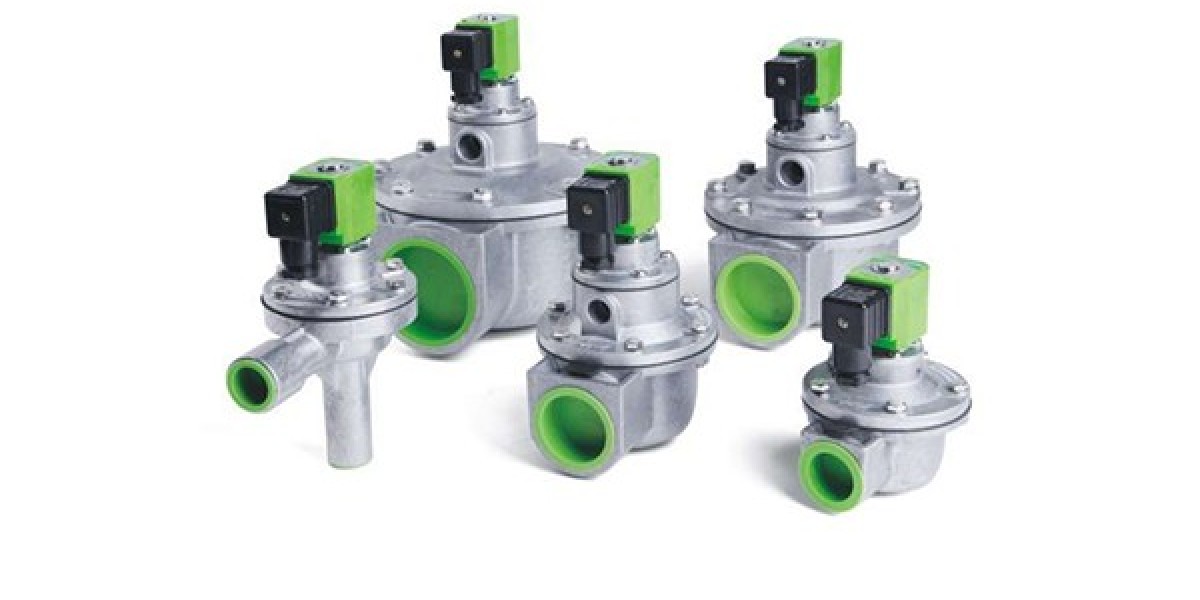I. Performance Characteristics of The Third Generation Pulse Controller:
1. It adopts low-pressure pulse jet technology for dust cleaning and has low energy consumption.
Use a straight-through low-pressure pulse valve. The injection pressure is only 0.2 to 0.4MPa, with low resistance, quick opening and closing, and excellent ash cleaning. Due to the good ash cleaning effect and long ash cleaning cycle, the energy consumption of the back-blowing gas is reduced.
2. The air ducts are arranged with collection pipes, featuring a compact structure.
3. The PLC (Programmable Logic Controller) is adopted to control the entire operation process of the dust removal equipment.
It adopts two control methods: differential pressure or timing. It has high performance, a long service life, and is convenient for users to operate and use.
Specifications and technical parameters: 1.RFDML type low-pressure pulse jet long bag dust collector, divided into RFDML390 and RFDML970
4. The electromagnetic pulse valve has a long service life and good performance.
Due to the low injection pressure (0.2-0.4MPa), the pressure borne by the diaphragm of the pulse valve and the impact force during opening and closing are relatively low. Meanwhile, due to the long ash cleaning cycle, the opening frequency of the pulse valve is correspondingly reduced, thereby prolonging the service life of the pulse valve and improving its usability.
5. The equipment has low operating resistance and good blowing effect.
The dust collector adopts a compartmentalized pulse reverse blowing offline cleaning method, which avoids the phenomenon of dust being repeatedly adsorbed, improves the effect of pulse jet cleaning, and reduces the bag resistance.
6. The filter bags are easy to install and disassemble and are fixed
The upper suction method is adopted. When changing the bags, the filter bag frame is pulled out from the clean air chamber of the dust collector, and the dirty bags are put into the ash hopper and taken out through the ash hopper inlet hole.
If The dust cleaning time of The Third Generation Pulse Controller is too long, the adhering dust layer will be cleared off, which will be the cause of filter bag leakage and damage. If the dust cleaning time is too short and the dust on the filter bags has not been removed before resuming the filtration operation, the resistance will quickly recover and gradually increase, affecting its usage effect. The interval between two ash cleaning times is called the ash cleaning cycle. Generally, it is hoped that the ash cleaning cycle can be as long as possible to enable the dust collector to operate under economic resistance conditions. Therefore, the nature of the dust, dust concentration, etc. should be carefully considered, and the dust cleaning cycle and time should be determined according to different dust cleaning methods. Adjustments should be made during the trial operation to achieve the best dust cleaning parameters. The sudden change in the gas temperature of the dust removal accessories can cause deformation of the fan shaft, resulting in an unbalanced state and vibration during operation. Once the operation stops, the temperature drops sharply and vibration will occur again when it is restarted.
Ii. Dusting steps of The Third Generation Pulse Controller:
The ash discharge of The Third Generation Pulse Controller can be carried out after the reverse blowing of a single box is completed, or after the reverse blowing of all boxes is completed.
2. In principle, ash should be placed in each box one by one. It is not allowed to place ash in multiple boxes simultaneously.
3. When discharging ash, the on-duty worker should go to the site to monitor the operation of the scraper conveyor, elevator, flat belt, and return ore, etc. If any problem is found, stop the machine in time for handling.
4. The sequence of ash discharge operations is as follows:
1) Start the elevator and the scraper conveyor in sequence;
2) For the ash discharge box, first open the upper ball valve, start the vibrator, and put the ash into the middle ash silo.
3) After the ash is completely drained or the middle ash silo is filled, stop the vibrator and close the ball valve.
4) Open the ball valve at the bottom of the box, turn off the vibrator, and put the ash into the scraper conveyor.
5) After the ash in the middle ash silo is fully discharged, close the vibrator and the ball valve.
6) After a period of time, place the ash from other boxes in sequence.
Iii. Debugging Method of The Third Generation Pulse Controller:
Make thorough preparations before the no-load operation and commissioning of the equipment.
2. Debug according to the following steps
1) Adjust the ash cleaning controller. The action sequence of the electromagnetic pulse valve is correct, and the sequence of each ash cleaning unit is also correct.
2) Check the voltage (24V or 220V) of the electromagnetic pulse valve and the electrical control part.
3) Check whether the seals on the equipment are loose or fallen off.
4) The pressure of the compressed air used for injection should be maintained at 5 to 7kg/cm ³.
5) Check whether the motor and mechanical transmission parts on the equipment are operating normally.
6) Check whether the bag cages and filter bags on the equipment are installed firmly.
7) Conduct no-load operation debugging of the equipment and ensure that all parts operate normally.
8) Conduct load operation debugging of the equipment. It is required that all parts operate normally, and the ash cleaning cycle (resistance method or timing method) should be adjusted according to the changes in the operating resistance of the equipment.
The Third Generation Pulse Controller https://www.cnsbfec.com/DMK-3CSA-Third-Generation-Pulse-Controller.html








